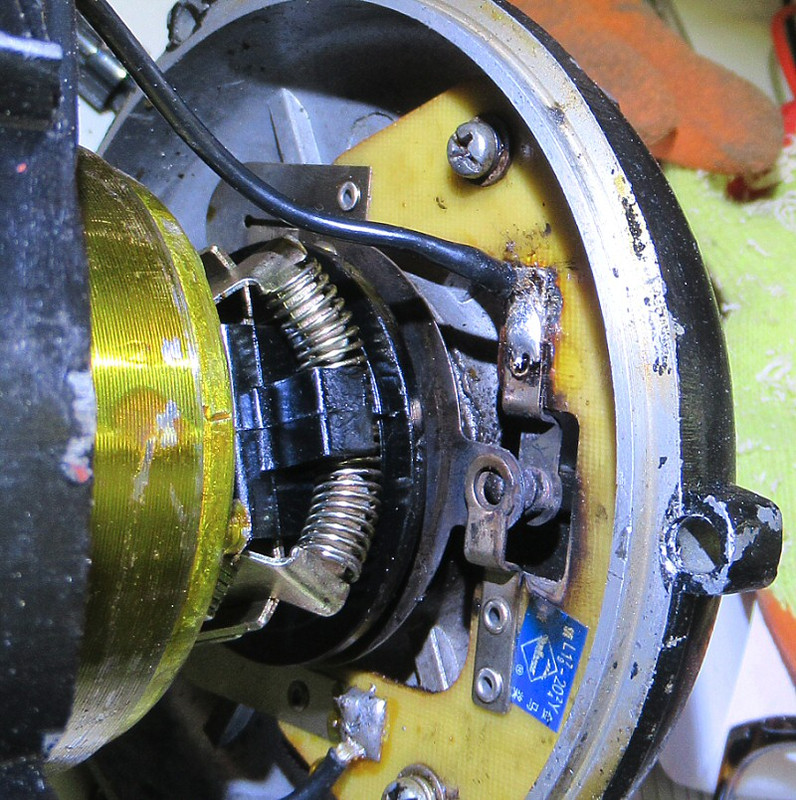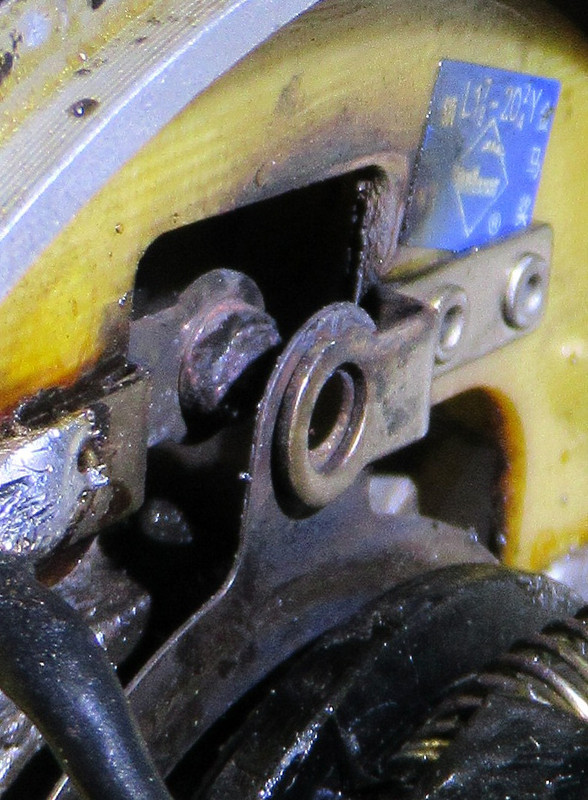Posted by noel shelley on 04/05/2023 13:44:56:
This has gone on a bit ! If the windings ONLY have been tested properly then it is known wether they are good or bad ! What were the resistance readings ? Leakage ?Then there is the other bits, the cap, test for value, up to spec ?. The centrifugal switch could be failing to operate due to the rotating component dragging the contacts out of line ? Or simply be so badly burnt as to not conduct – clean ? Looking at the wiring diagram you do not show the centrifugal switch but say no connection – is this not the problem ? As Malcolm has said try wiring up by bringing out the wiring and use a NO push button switch to feed the start windings, in place of the internal one.
Please be aware that funerals are far more costly than electric motors and at risk of stating the obvious you are working with lethal voltages. That you don't know the history of this unit and mention smoke makes me think this is sadly a lost cause. With out suitable test equipment you will be struggling ! Good luck Noel.
Yes, it has gone on a bit. Time of year, so much to do in the garden, plus other more urgent projects means the lathe is well down the list.
However today, the poor weather men't no garden and some old folks getting married on the TV seemed to occupy the wife……
I did give readings for the windings earlier, 15 ohms for the starting and 5.8 for the main. lrakage to earth readings from windings were zero
And I do put a great deal of due diligence into stuff like this, I do also have a fair bit of experience with electrics, but this is the first time I have got so involved with an induction motor, changed a few capacitors on them over the years, but this is far more challenging, and interesting problem that I would like to understand and fix
I will take great care I promise.
Edited By Justin Thyme on 06/05/2023 23:05:46
Edited By Justin Thyme on 06/05/2023 23:10:04
noel shelley.






